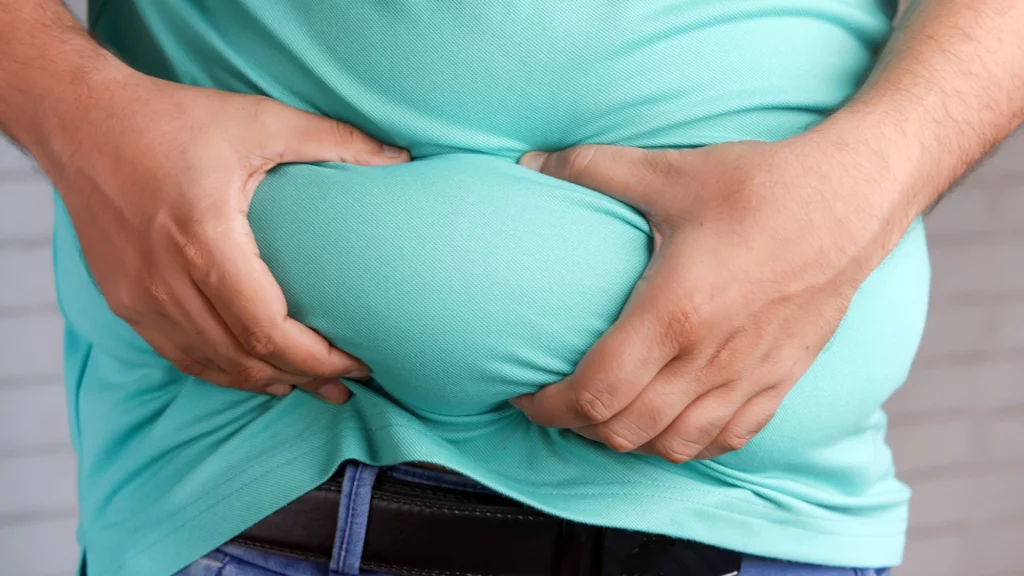As we grow older, the body experiences several changes that may affect how we move and function on a daily basis. Tasks such as walking steadily, getting out of a chair, or climbing stairs can become challenging. These issues are often referred to as mobility difficulties. Common causes include reduced muscle strength, joint stiffness, chronic illnesses, pain, or problems related to the nervous system.
One specific combination that experts warn about is having weak muscles along with excess fat around the abdomen. A recent research study has highlighted that this pairing can significantly impact how well older adults walk and carry out daily activities, increasing the risk of falls and loss of independence.
How Muscle Weakness and Belly Fat Affect Movement
Muscle weakness alone or belly fat alone may not cause immediate mobility issues, but when they exist together, the effects can be more serious. According to research findings, older adults who have both lower muscle strength and belly fat tend to walk more slowly over time. A slower walking pace may seem minor at first, but over the years, it can develop into major difficulties in everyday life.
Even simple activities like crossing a road in time or standing for long periods become more difficult. As walking speed decreases further, the risk of falling goes up, which could lead to injury or even a need for assistance in daily living.
Details of the Study
The study examined a group of over 2,000 individuals aged 60 and above. None of them had movement issues when the study began. Participants were categorized into four groups:
- Those without belly fat or weak muscles
- Those with belly fat only
- Those with weak muscles only
- Those with both belly fat and weak muscles
Over eight years, researchers tracked changes in their walking speed. The results showed that individuals with both belly fat and weak muscles experienced the biggest drop in walking pace. On average, their speed dropped by 0.15 meters per second during that period. This may seem small, but over time, it can mean the difference between walking safely and not being able to cross a street before the traffic light changes.
Signs That Mobility May Be Declining
It’s important to notice early signs of mobility decline in elderly individuals. Here are a few warning signs to watch for:
- Difficulty walking in a straight or steady manner
- Struggling to rise from a chair
- Trouble going up or down stairs
- A recent fall or near fall
Although one fall may appear to be just an accident, it could also be a sign that the person is starting to have issues with balance or coordination.
Conclusion
Maintaining muscle strength and managing belly fat are both important for preserving movement and independence as we age. Paying attention to early symptoms and adopting healthy lifestyle changes may help reduce the risk of mobility challenges.
Always consult with your doctor or a healthcare professional before making significant dietary changes for Athletic Performance. They can provide personalized guidance based on your medical history and current health status.
Note – If you have any health-related concerns, please call us at +91-9058577992 to receive free consultation from our experienced doctors. Thank you.
